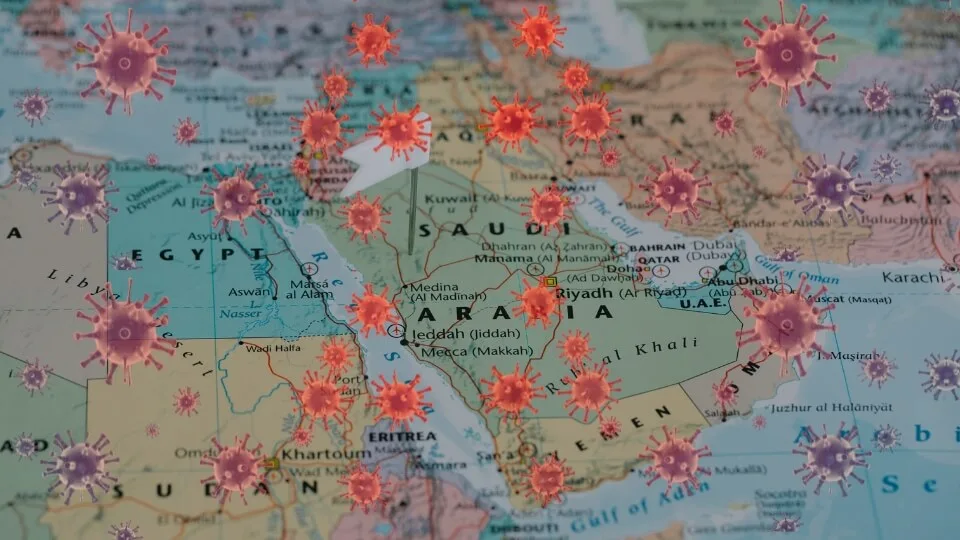Ramy Mohamed Ghazy, Assem Gebreal, Marina Raouf Abdelmessih Saleeb, Malik Sallam, Ahmed El-Sayed Nour El-Deen, Swaliho Dauda Sheriff, Eyerusalem Amossa Tessema, Salvias Ahurwendeire, Nthabiseng Tsoeu, Prince C. Chamambala, Patrick B. Cibangu, Debra Ukamaka Okeh, Adama Sy Traoré, Gilbert Eshun, Nathan Ezie Kengo, Amos Elisha Kubuka, Lydia Baffour Awuah, Assia Salah, Moath Aljohani & Noha Fadl
Abstract
The coronavirus disease 2019 (COVID-19) pandemic is a global threat, challenging health services’ provision and utilization. This study aimed to assess compulsory vaccination coverage in 12 Sub-Saharan African countries two years following the COVID-19 pandemic using the Health Belief Model. A cross-sectional survey was conducted from November 1 to December 15, 2022. Multivariate logistic regression was conducted to identify the determinants of vaccination coverage. Among the 5032 respondents, 73.1% reported that their children received compulsory vaccination. The lowest coverage was observed in Ghana (36.5%), while the highest was in Burkina Faso and Congo (92.0%). Factors associated with nonvaccination included older mothers (adjusted odds ratio (AOR)=1.04, 95%CI: 1.03–1.05), lower mothers’ education, older children (AOR=0.76, 95%CI: 0.60–0.96), children with chronic illnesses (AOR=0.55, 95%CI: 0.45–0.66), and difficultaccessibility to healthcare facilities (AOR=11.27, 95%CI: 9.48–13.44). Low perceived risk, in which non-vaccinatedchildren were believed to be at no higher risk for infectious diseases and the disease severity would not worsen among
non-vaccinated children, increased the likelihood of non-vaccination (AOR=2.29, 95%CI: 1.75–2.99 and AOR=2.12,
95%CI: 1.64–2.73, respectively). Perceiving vaccines as unnecessary, and needless for breastfed babies increased the
probability of non-vaccination (AOR=1.38, 95%CI: 1.10–1.73 and AOR=1.69, 95%CI: 1.31–2.19, respectively). Higher
odds of non-vaccination were found when the provision of vaccine information did not motivate parents to vaccinate their
children (AOR=4.29, 95%CI: 3.15–5.85). Conversely, believing that vaccines were safe for children decreased the odds
of non-vaccination (AOR=0.72, 95%CI: 0.58–0.88). Parental perceptions and concerns should be considered in interventions aiming to increase compulsory vaccine acceptance and coverag




